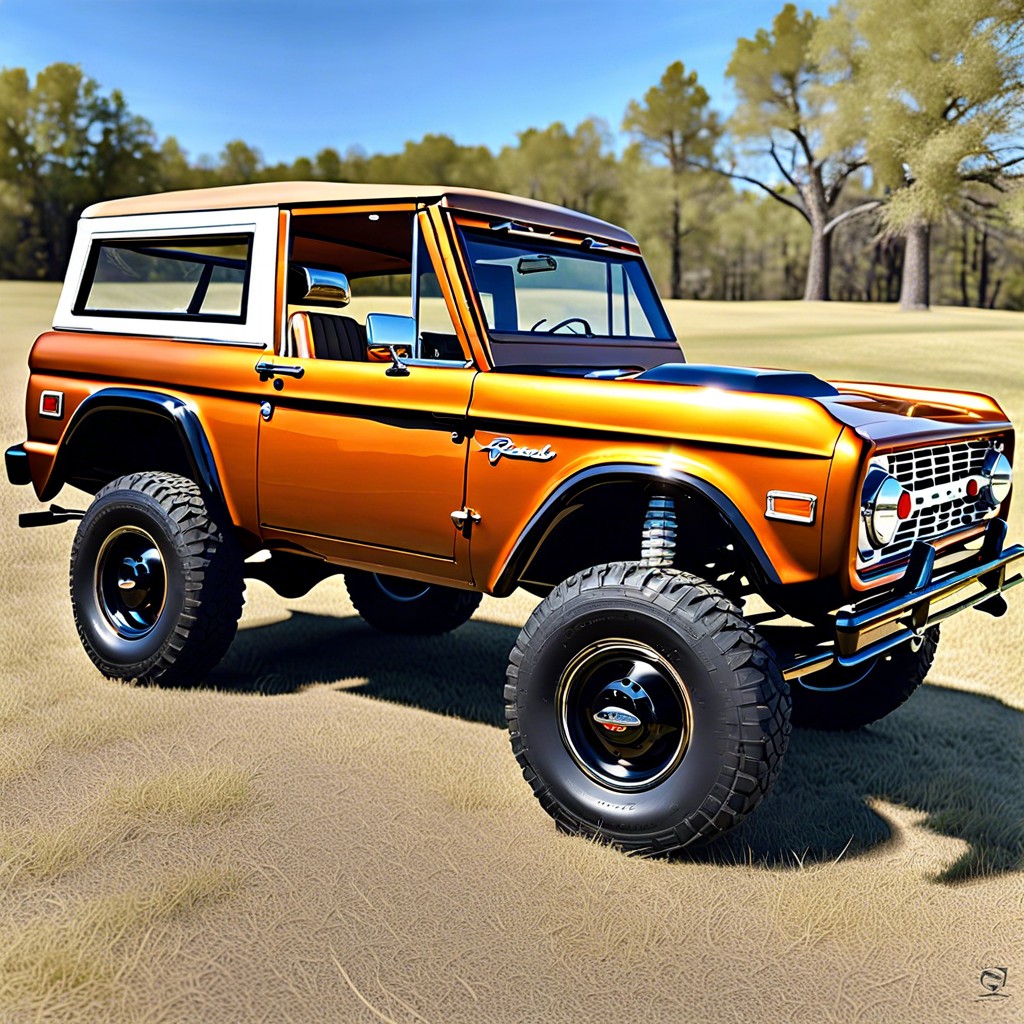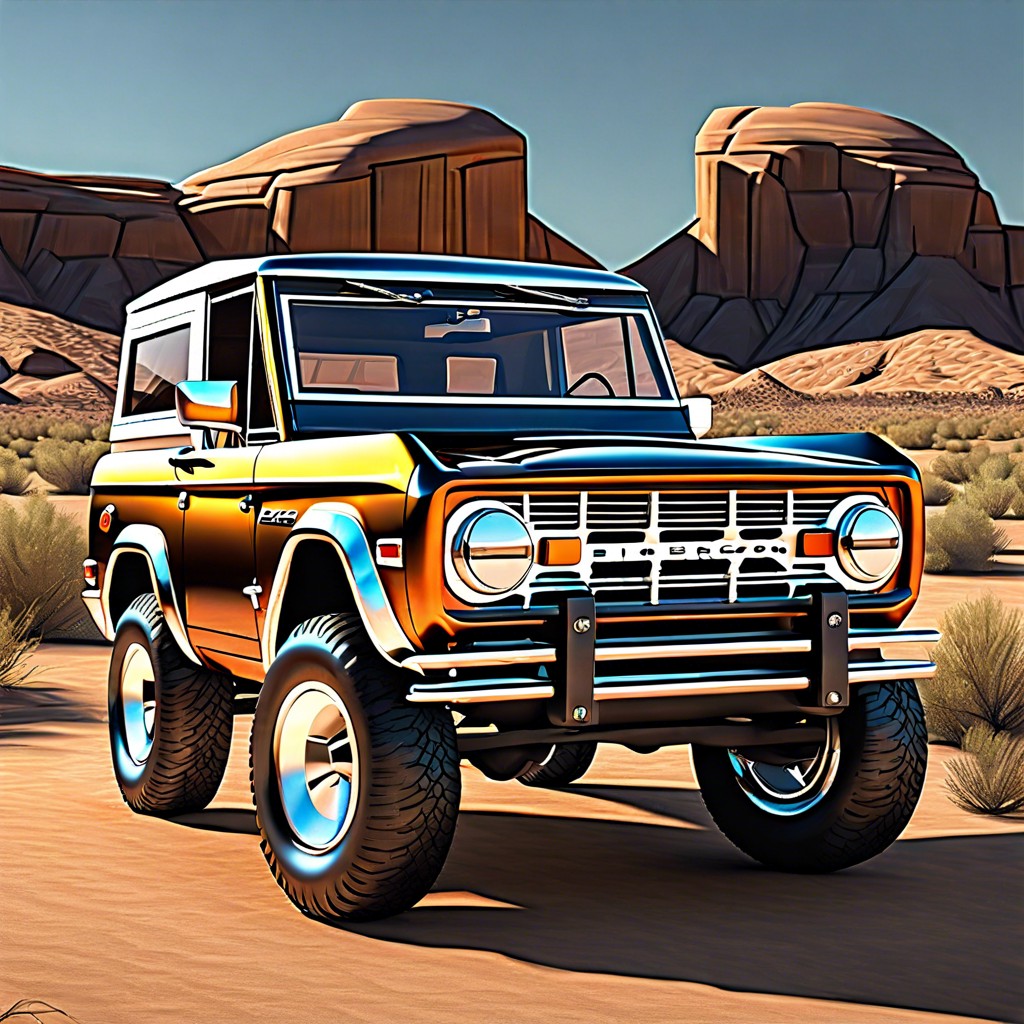Last updated on
Discover essential tips for purchasing vintage snowmobiles and what to consider to make an informed investment.
Key takeaways:
- Determine vintage snowmobile value: scarcity, condition, rarity, historical significance.
- Identify vintage snowmobile models: body style, brand, technology, serial numbers.
- Inspect before purchase: body, track, engine, suspension, brakes, throttle, electrical systems.
- Find vintage snowmobiles for sale: online marketplaces, auctions, events, classified ads.
- Consider legalities: clear title, registration, emissions, insurance, import/export laws.
Determining Vintage Snowmobile Value

The value of a vintage snowmobile hinges on several factors. Scarcity plays a crucial role; models produced in limited quantities generally command higher prices. Condition is paramount; original parts, minimal rust, and a functioning engine increase desirability. Rarity of the brand affects value, with lesser-seen manufacturers often attracting collectors. Historical significance can also elevate a snowmobile’s worth, especially if it was a trailblazer for technological advancements or won notable races. Provenance adds another layer; previous ownership or documented history enriches a snowmobile’s story, enhancing its monetary and collectible status. Research is essential; compare sales of similar models and consult price guides to gauge a baseline value. Always account for the cost of any needed restorations, as these can diminish the potential investment return.
Identifying Vintage Snowmobile Models

Vintage snowmobiles have characteristics that distinguish them from their modern counterparts. Understand the defining features such as body style, branding, and technology that set these models apart. Historical models often exhibit simpler, rounded designs and may lack the advanced suspensions found in new machines.
Research the manufacturer’s history to pinpoint production years and model lineages. Brands like Ski-Doo, Polaris, and Arctic Cat have storied pasts with numerous iconic models. Certain models, like the 1968 Ski-Doo Olympic or the Polaris Mustang, have left significant marks on the industry.
Serial numbers and engine details provide specific clues for identification. Located on the chassis or engine block, these numbers can be cross-referenced with manufacturer records or vintage snowmobile databases.
Consult vintage snowmobile clubs, forums, and guides for ancillary knowledge. Enthusiasts can offer insights into unique traits and lore surrounding certain models, enriching understanding of a vintage snowmobile’s provenance.
Understanding these facets ensures informed decision-making when assessing a vintage snowmobile’s authenticity, rarity, and historical significance.
Inspecting a Vintage Snowmobile Before Purchase
Conduct a thorough physical examination; check the body for rust, dents, and scratches which can indicate poor maintenance or a troubled history. Examine the track for wear, looking for cracks or missing lugs that imply the need for replacement. Look at the skis for signs of bending or excessive corrosion.
Evaluate the engine’s condition by checking for leaks, unusual noises, or difficulty starting. An original engine in good working order is a significant plus, but be wary of ones that have undergone numerous repairs as they might signal deeper issues.
Inspect the snowmobile’s suspension for signs of distress or damage. A smooth suspension is crucial for safety and performance. Push down on the sled to gauge the shock absorbers’ function; a sled that does not bounce back smoothly may require suspension work.
Test the brakes and throttle to ensure they are responsive and not sticking. These components are essential for safety and should be in top working condition.
Review the electrical systems; lights, gauges, and starter should all be operational. Faulty wiring or non-functional electrical components can be difficult and costly to repair.
Inquire about the snowmobile’s maintenance history. Regular maintenance records are a promising sign that the vehicle was well cared for.
Always request a test ride when possible. A snowmobile that handles well and responds to controls appropriately during a ride is more likely to be a reliable purchase.
Where to Find Vintage Snowmobiles for Sale
Enthusiasts seeking to purchase vintage snowmobiles can explore various channels to find the right model for their collection. Online marketplaces such as eBay, Craigslist, and Facebook Marketplace are popular starting points, offering a wide range of options and the ability to search by location. Specialty websites and forums dedicated to vintage snowmobiles also exist, where sellers often list their machines alongside valuable advice and community support.
Auctions, both online and in-person, can be exciting venues to discover rare and well-preserved snowmobiles. Annual antique snowmobile events and swap meets are prime opportunities for buyers to view multiple machines and negotiate deals directly with sellers. Local classified ads in newspapers and snowmobile clubs’ bulletin boards may also yield fruitful results for those preferring to avoid online transactions. Networking with other snowmobile enthusiasts in clubs and at events can lead to private sales and tips on upcoming availability.
Legal Considerations When Buying a Vintage Snowmobile
Before completing a transaction, ensure the snowmobile has a clear title. This document establishes legal ownership and may be necessary for registration.
Check with local authorities regarding registration requirements. Some jurisdictions mandate that even vintage snowmobiles must be registered for use, especially on public trails.
Research whether the snowmobile is subject to an emissions test. Vintage models often lack modern environmental controls and may not meet current standards.
Inquire about insurance options. Insuring a vintage snowmobile can protect your investment, but coverage might differ from that of modern models.
Be mindful of import/export laws if purchasing from another country. Regulations can affect the feasibility and cost of bringing a vintage snowmobile across borders.
Always document the purchase. A bill of sale should include the make, model, year, VIN, price, and terms of the sale, protecting both buyer and seller.




